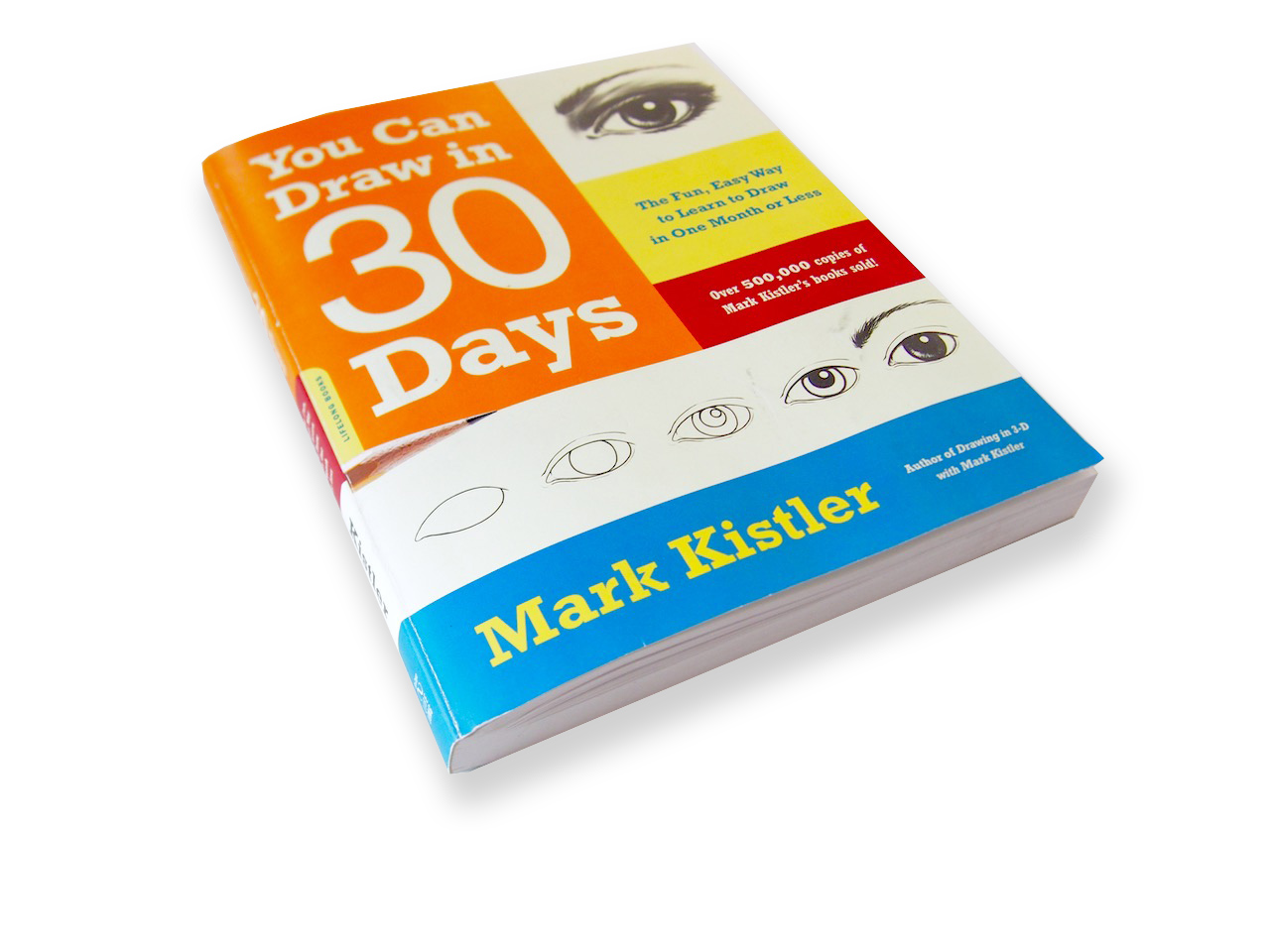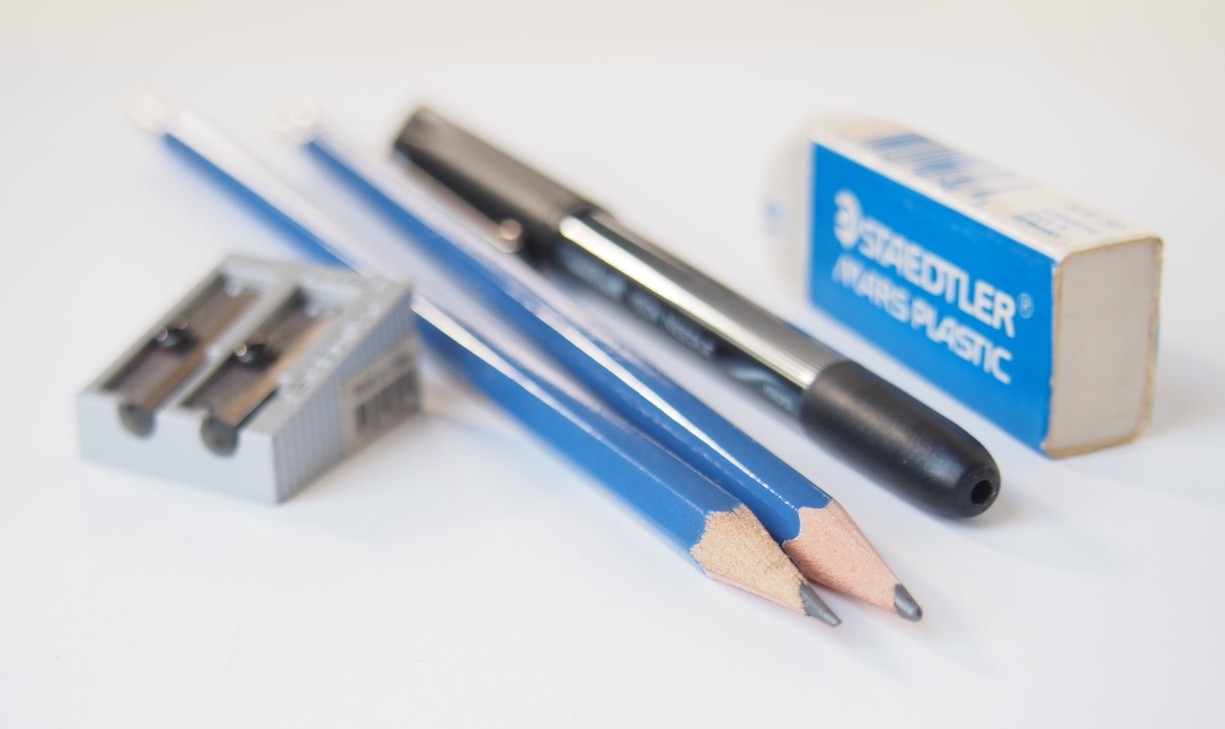Drawing has been something that I always wanted to learn and enjoy. Being a Graphic Designer and not be able to draw with a pen & paper has always been a personal struggle.
I’ve never had any formal training besides an Art class for 1 semester when I was 12 years old. Otherwise, it has always been doodles with crayons at a local restaurant during pub nights on those cheap paper table covers that seem to be the exact same ones used to make hand towels. You can see some of my master pieces in this post.
There always was that itch to learn and it finally manifested itself as an impulse shopping spree from Amazon. One day, while I was searching for an external Hard Drive for backups, I bought a whole bunch of books on how to draw—no thanks to Amazon’s clever yet effective Recommendations!
Fast forward 2 years. What really motivated me to actually open one of the books and start practicing was not my work or some DIY post on reddit. Rather, it was my 4-year old daughter. Like any other 4-year old, my daughter loves to draw and always asks me to join her.
Why Draw?
Drawing is a great way to engage our imagination. These days, we spend too much time in front of a computer, consuming other people’s content and far too little on exploring our own imagination. When we were kids, our imagination was rampant with ideas and stories. Learning to draw, engages that imagination that’s been tucked away somewhere, neglected, but not forgotten.
The first time I picked up a pencil for lesson one, there was a few mins of just nothingness. Just blank. But, by Day 3, things were just bubbling to the surface. At some point in time, ideas were getting in the way of the actual technical work that has to get done to bring them to life.
Point being, your imagination is always there since you were a kid. You just have to coax it out of hiding and before you know it, the artist within you will follow.




Your Guide
You need some sort of a guide with practical exercises.

Your Tools
Your tools to begin drawing: Pencils, a sharpener and a marker to make notes.

Your Time
The most important thing you need, is time. Like any other skill, it takes time to master drawing.
The Instructions
I picked Mark Kistler’s “You Can Draw in 30 Days” because it seemed the least intimidating one from the bunch of other books I bought. It’s definitely for the very beginner. I recommend this book to anyone interested in learning how to draw in very simple easy lessons that you can follow everyday in short 20-60 mins daily intervals.
To avoid redundancy, I did not want to repeat what Mark teaches in his book. Instead, I elaborate on the lessons with the experience that I gained. In every post, I’ll have at least 1 tip box like the one below [icon name=”arrow-circle-down” class=”” unprefixed_class=””] which I hope would be useful to you.
Drawing Tools
Drawing is probably one of the cheapest hobbies you can pick-up. My only startup cost was Mark Kistler’s book and what I already had:
- HB 2 Pencils
- A ball-point pen for making notes
- A Good metal, pencil sharpener
- A good block eraser
I’ve been a fan of Staedtler products, but you can use whatever you have on hand before you go shopping.
This post will most likely be the longest post in this blog. Two reasons: (1) Writing is not one of my strengths. (2) The Lessons that I’m following are fairly quick and short.

Time
Like any other skill in life, you need to set aside some time to practice. The book I’m using estimates 20 mins, but realistically, you’re looking at an hour as you progress through the book. The exercises themselves don’t take a lot of time. For me, what took most of my time learning to draw (besides this blog) was when I tried to challenge myself and apply what I’ve learned to draw something unique. That’s where most of your time will go and that’s perfectly fine.

 From creating WordPress themes to server architecture; I bring over 20 years of experience in Web/application development to my clients. Like the Web, my skill-set is constantly changing to adapt to new technologies and methodologies in delivering results. I'm a firm believer in using well-established standards to ensure longevity and flexibility for all my projects.
From creating WordPress themes to server architecture; I bring over 20 years of experience in Web/application development to my clients. Like the Web, my skill-set is constantly changing to adapt to new technologies and methodologies in delivering results. I'm a firm believer in using well-established standards to ensure longevity and flexibility for all my projects. 







